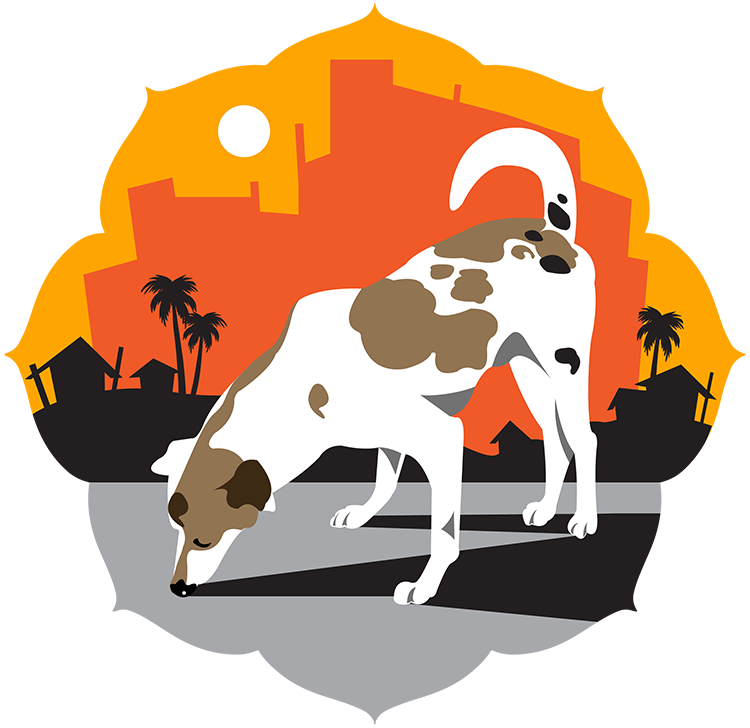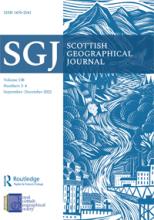Search form
CFP 'Animal Geographies at its Limits', Scottish Geographical Journal
Animal geographies at its limits
Call for Papers for a special issue of the Scottish Geographical Journal
There is arguably now a well-established body of work that has arisen under the rubric of ‘animal geographies’, with dedicated books, papers, journal theme issues, conferences, symposia and more, reflecting an impressive range of subject-matters, concepts, methods and applications. It is therefore timely to consider what might be the conceptual, substantive and ethical limits – and possibly limitations – of the subfield as it has now taken shape, and how such limits might be transgressed or limitations overcome. The possible limits or limitations at issue might include the following:
- What are the limits where we might say that animal geographies ‘stop’? (Which is in part to revisit the vexed question of ‘what is an animal?’) What organisms or points where organic-meets-inorganic matter demarcate the boundary of animal geographies concern? Could we compose animal geographies of the human animal?
- What animals have as yet been left little-considered – what orders, families, genera and species – and what geographies might be written about them? Have we tended to neglect animals whose contacts with humans are limited, or maybe only appear to be so, or even wholly absent? What about extinct animals or alien animals, or fabulous or mythical animals?
- To what extent have animal geographies tended to fixate on ‘whole’ animals? Should we say more about animal body-parts and animal products, perhaps in relation to how humans utilise so many different ‘bits’ of the animal world, but also about other geographies of flesh, fur, claws, eggs, shells, blood and more?
- What about the geographies integral to how animals make their own ‘marks’ in the world, through place-making (dens, lairs, holes), way- or boundary-making (creating tracks, scenting territories), food-seeking (predation and grazing), and all manner of other ‘scratchings’ in the landscape?
- What places, locations, environments and world regions have rarely figured in animal geographies? Where do animal geographers themselves come from and where do they tend to conduct their inquiries? What limits to diversity are present in the humans that feature in animal geographies studies and in the humans who undertake these studies? What decolonialising or provincialising moves might be required to trouble such limits?
- What are the ethical limits of how animals are or should be treated? How might such limits vary depending on animal types, on place, on human stakeholders, and more? In what ways might such a consideration of ethical limits rebound into the research that animal geographers themselves undertake?
We invite contributions to the special issue that address one or more of these limits/limitations. They can be longer pieces (maximum 10,000+ words), shorter statements (c.2,000 words) or anywhere in-between. They can be primarily thought-pieces, based in theory-work and speculation, or they can be deeply empirical engagements (provided that they are attuned to these ‘bigger’ questions about limits/limitations). We welcome pieces that are creatively experimental and/or richly illustrated, but we also welcome pieces that are anchored in traditional site-based or archival scholarship.
We envisage running an afternoon online symposium for authors interested in contributing to this special issue, at which they would present outline ideas and examples for their own envisaged piece, as well as offering thoughts and reflections on presentations from others. This symposium is tentatively scheduled for April-May 2023. Following the symposium, authors would then have until late-September 2023 to complete and submit their pieces, which would be reviewed in the normal fashion. The goal would be to publish the special issue in a 2024 issue of the journal (online and hard copy).
Anybody who is interested in contributing to this special issue is warmly invited to e-mail an initial statement of interest to the guest editors of the issue by Wednesday 21st December, including an outline suggestion (c.200 words) of what they might wish to explore in their contribution. Co-authorship is welcome. Such an initial approach of course does not in any way commit someone to involvement in the special issue.
Chris Philo,
Geographical and Earth Sciences, University of Glasgow,
Christopher.Philo@glasgow.ac.uk
Krithika Srinivasan,
Geography, University of Ediburgh,








